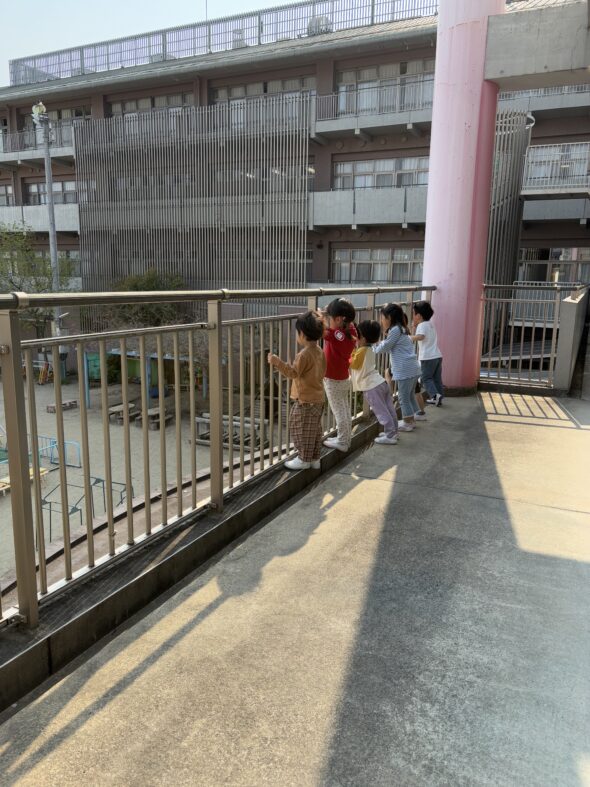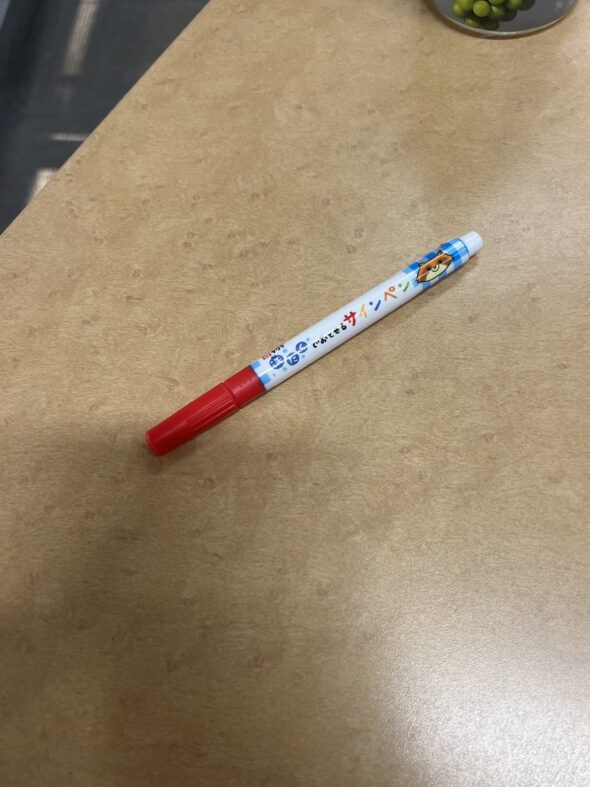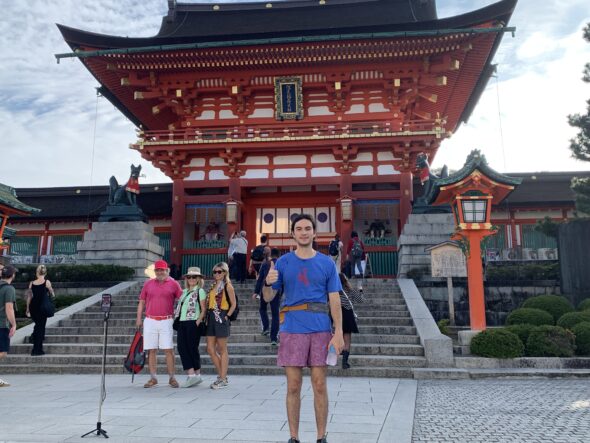Originally, for my CIP I wanted to learn more about Japanese calligraphy, so I attended an introductory session where I met the teacher and the children taking the class. Although everyone was very welcoming, I quickly realized that children speak very quickly and are hence difficult to understand in Japanese. I thought more about what I wanted to get out of my CIP, and I realized that although my interest in exploring calligraphy was strong, I did not think it was the right activity for me to pursue. My main purpose of coming to Japan was to improve my ability to speak Japanese and to gain a greater understanding of Japanese culture, and I felt that there were other options that would allow me to pursue that goal more deeply.
So, I ended up changing my CIP to a language exchange club called Klexon, where both foreigners and Japanese individuals met to have conversations in English and Japanese. Klexon meetings were divided into two parts: one-on-one discussions and group discussions. The former had a similar format to speed-dating, where I would spend ten minutes talking with one Japanese individual and then my partner would switch. For the latter, the groups were randomly created to have a mix between foreigners and Japanese individuals, so I often got to meet more new people outside of the ones I interacted with in the group discussions.
I was able to gain a lot of interesting insights into Japanese culture through my interactions with these individuals. For instance, one thing I found very interesting when talking to the Japanese individuals is that they constantly commented on how bad their English was, even though I did not have much trouble understanding them at all. I thought that this was odd at first, but then when I switched to speaking in Japanese with one girl, I prefaced it by saying that my Japanese was not very good. She found it very funny that I said that and commented that she feels like sometimes foreigners start to “act more Japanese” after they begin studying the language, as she said that the way I talked down my ability to speak Japanese parallels the same way many Japanese individuals may talk down their ability to speak English.
Similarly, I had a conversation with another Japanese person about the differences between American and Japanese cultures. One of the interesting points she mentioned was that she said she felt like Americans were very aggressive and blunt in interactions, making them sometimes difficult to communicate with. This made me more aware of how to handle myself in future interactions with Japanese individuals, as I tried to pay more attention to the way in which I said things in order to minimize any awkward vibes I may have been giving off.
There were, however, some difficulties with my CIP as well. For example, when we transitioned to group discussions, sometimes the native English-speakers would take control of the conversations, causing the Japanese speakers to become more shy and talk less. This was frustrating, as my main purpose of coming to this club was to speak with the Japanese individuals, rather than other foreigners. For future KCJS students, my advice would be to not be afraid to reach out more to the Japanese individuals you interact with during your CIP. I wish I was able to get the Line information of some of the people I talked with to continue conversations beyond that short period of time.




